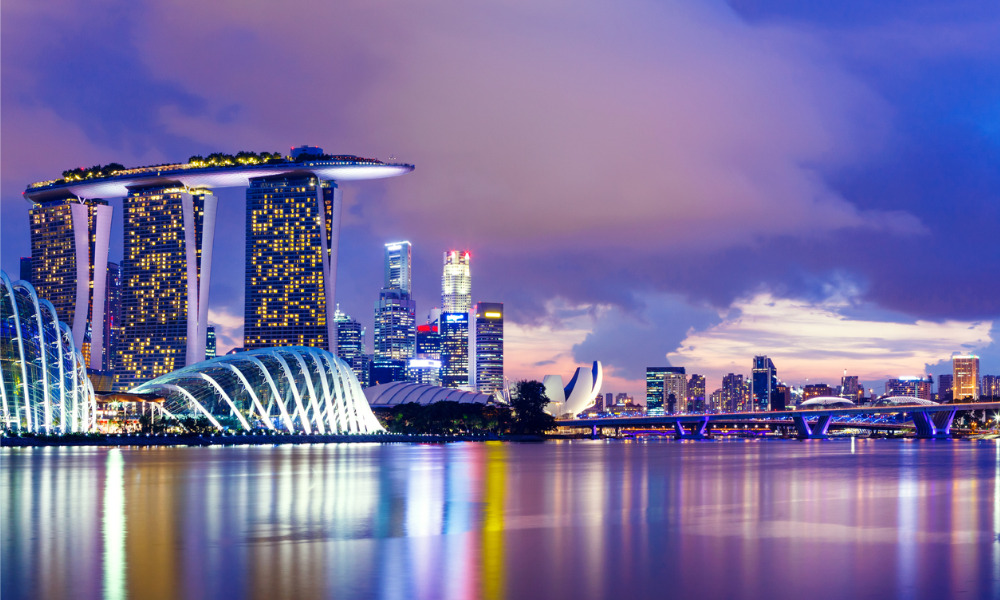
The city-state has taken over New Zealand’s spot in the list – a world's first

Singapore is currently the safest place to be during the pandemic. For the first time in five months, New Zealand has lost the coveted spot in Bloomberg’s ongoing COVID Resilience Ranking. The list tracks the best and worst places to be in the world amidst the crisis.
The Lion City rose the ranks after bouncing back from a disastrous outbreak in its migrant worker community and managing to maintain almost zero locally transmitted cases for the past few months.
While the number of imported cases remains in the double digits, the government’s strict quarantine program has ensured that residents can feel safe about being out and about in public, including returning to a workplace with reduced restrictions.
Countries like New Zealand, Taiwan and Australia have similarly enjoyed relative success in controlling the virus and seen a resumption of ‘normal life’. But Bloomberg noted that Singapore gained an edge after managing to vaccinate about a fifth of its population.
Read more: Over half of employees fearful of return to work
Despite this, if the past year has taught us anything, situations can change quickly, which is why Singapore’s leaders continue to preach the need for vigilance as the global pandemic rages on. HRD spoke with Dr Low Kiang Wei, medical director at International SOS on how to avoid being complacent as we transition back into normal life.
“In Singapore, organisations have been making a gradual shift back to business operations – whether it’s returning to on-site operations, or facilitating essential business travel,” Dr Low told HRD. “Amidst these shifts, employees will be exposed to various health and safety risks. It is thus important that leaders take a robust and flexible approach to support their safe transition back to ‘normal’ business operations.”
He added that vaccine readiness is a key issue as employees move back on-site. Employers thus play a critical role in encouraging vaccine take-up. This can be done through a thorough risk assessment of employee health concerns, appropriate risk mitigation and designing vaccination strategies centred on clear communication tactics.
Read more: Vaccination: What’s HR’s role in managing employees?
“Lastly, we have seen multiple resurgences in countries and cities around the world, due to a combination of societal complacency or COVID variants,” he said. “Leaders will need to maintain vigilance in ensuring their workforce continues with the necessary social distancing and hygiene measures.
“They will also need to continue monitoring the COVID situation as any surge in community infections or clusters in Singapore may require proactive changes in manpower and operational planning to keep the workforce safe.”